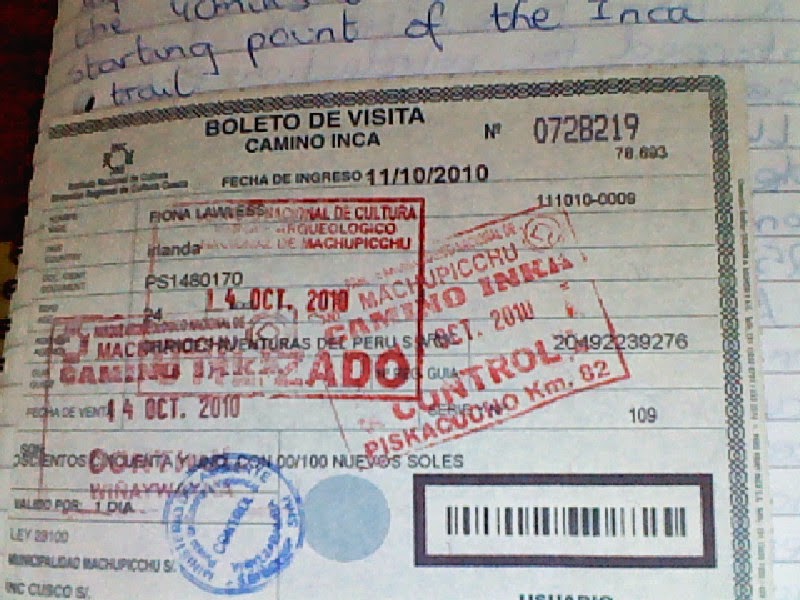Despite having lived in Dublin for 6 years previously I have never done most of the touristy stuff in the fair city. Having friends come to visit gave me the perfect opportunity to put on my tourist hat and explore this side of the city. I embraced it and remembered why I love travel and why I love exploring.
First up is the Guinness Storehouse. It's the top rated attraction in Dublin and for good reason. I've actually been there twice with two separate friends and have enjoyed it immensely.
The tour starts in the foyer where you can see the 9,000 year lease and view Arthur's signature that now adorns all Guinness cans and bottles. You can get free audio tours (which I didn't avail of) or just follow the arrows helpfully placed on the floor. The tour starts with descriptions of the different ingredients, barley, hops (which you can smell in the streets around St James Gate), yeast (of which a special strain in used in all Guinness and is kept under lock and key in the Master Brewer's safe at St James Gate) and water from the Wicklow Moutains. The second floor brings you through the brewing process from roasting the barley right to the coopers who used to make the casks for the storage and transportation of the black stuff. Did you know Guinness had it's own fleet of ships and commissioned it's own railway?
The next floor is possibly one of my favourite, it shows different advertisements from throughout the ages from around the world, both print and TV ads. One of my all time favourite ads is the Guinness Christmas ad. It reminds me of home and on the past few Christmases that I have spent away, it brings a lump to my throat when I watch it. The famous "Guinness is good for you" slogans are visible and you get a chance to star in your own Guinness ad.
But let's be honest what most people want is the sweet necter. And yes, included in your entrance is a free pint of the black stuff. You have the option of learning to pull the perfect pint in the Guinness Academy (a two part pour which, according to Guinness takes 119.5 seconds including the resting time after all "good things come to those who wait". You can then take your perfectly poured pint up to the Gravity Bar. If you decided not to face the queue to pour or simply decided to leave it to the experts, you can get a freshly poured pint while admiring the view of Dublin where on a clear day you can see out to Ireland's eye to the north and to the Wicklow mountains in the south,
Tips:
- There is an early bird discount if you book online and enter before 11:30am
- Allow yourself a minimum of 2 hours and ideally 2 1/2 hours to not have to rush through it all.
- Buses that serve St James gate include the 40, 123, 13. You can also get the Luas to St James Hospital and walk approx 3 mins. All tourist buses stop here.
Overall I loved the visits to the Guinness Storehouse. Yes, it's not cheap and yes, it is a tourist trap but it is worth the money and there is a reason many people visit every day. So visit and raise a glass to Arthur and his foresight, Guinness has been around for only 250 years of a 9,000 year lease. Here's to many more pints.






.jpg)





.jpg)












.jpg)
.jpg)


































